Introduction
A paper cup forming machine is a vital piece of equipment in the disposable packaging industry, designed to produce high-quality paper cups efficiently and consistently. With the increasing global demand for eco-friendly and convenient packaging solutions, these machines play an essential role in supporting businesses across food service, beverage, and hospitality industries. They combine advanced automation, precision engineering, and energy efficiency to deliver consistent results at scale. This article explores the key features, performance aspects, and advantages of paper cup forming machines in detail.
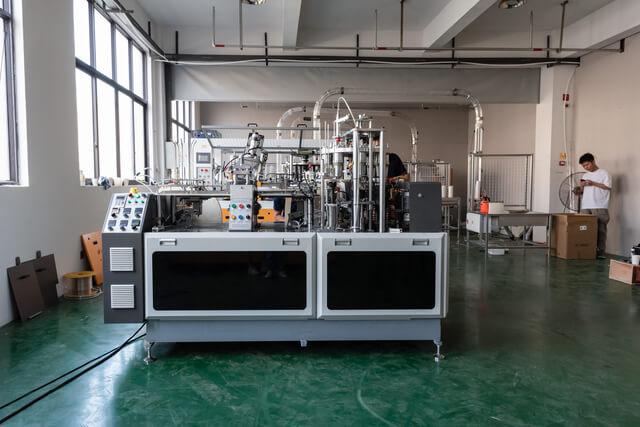
1. Paper Cup Forming Machine of Advanced Automation Technology
Modern paper cup forming machines rely heavily on automation to streamline production. They are designed to execute the entire process automatically, from feeding the paper to forming, heating, sealing, and ejecting the finished cup. This reduces the need for manual intervention and ensures greater accuracy in production. Automation not only enhances consistency but also minimizes errors, helping businesses maintain a high-quality standard while lowering operational costs. The integration of programmable logic controllers (PLC) and touch-screen interfaces makes the machines user-friendly and easy to monitor.
2. Paper Cup Forming Machine of High Production Efficiency
Efficiency is one of the most important attributes of a paper cup forming machine. High-speed models can produce thousands of cups per hour, making them suitable for large-scale operations. This high productivity is essential for meeting growing consumer demand in industries such as fast food, coffee chains, and event catering. The machine's design emphasizes smooth operations with minimal downtime, allowing for uninterrupted output. Advanced heating and sealing systems also speed up the production cycle, further boosting overall efficiency.
3. Paper Cup Forming Machine of Precision and Quality Control
Another critical factor is the precision in forming and sealing, which directly impacts the durability and usability of the final product. Paper cup forming machines use advanced molds and ultrasonic or heat-sealing technologies to ensure that each cup is consistent in size, shape, and strength. This prevents issues such as leaks or weak seams, ensuring that the cups can hold both hot and cold beverages safely. The consistency in quality control helps manufacturers build trust with their clients and end-users.
4. Paper Cup Forming Machine of Eco-Friendly Performance
As environmental concerns become more pressing, paper cup forming machines are being designed with sustainability in mind. Many machines are compatible with biodegradable and recyclable raw materials such as water-based coated paper or PLA-coated paper. This allows manufacturers to reduce their environmental footprint while meeting regulatory and consumer demands for eco-friendly alternatives. Furthermore, the machines are engineered to minimize material waste during production, supporting sustainable business practices without compromising quality or efficiency.
5. Paper Cup Forming Machine of Versatility and Customization
Paper cup forming machines offer flexibility to produce a wide range of cup sizes and designs. Depending on the configuration, businesses can manufacture cups of various capacities, shapes, and branding requirements. This versatility makes the machines suitable for diverse applications, from coffee shops to stadium events. Additionally, advanced machines allow for easy adjustments and quick mold changes, enabling manufacturers to adapt quickly to market trends and customer preferences without long downtime.
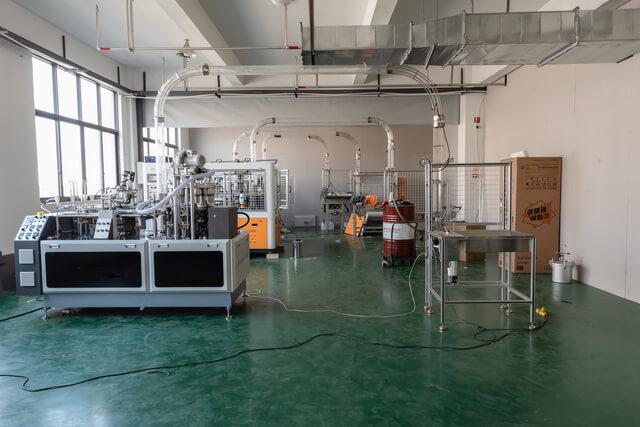
6. Paper Cup Forming Machine of Reliability and Maintenance
Durability and ease of maintenance are vital for long-term productivity. High-quality paper cup forming machines are constructed with robust components to withstand continuous operation. Their design incorporates safety features and fault detection systems, reducing risks of breakdowns and accidents. Regular maintenance is simplified with modular components and easy access points, ensuring that operators can conduct servicing without disrupting production. This reliability translates into reduced operational costs and improved return on investment for businesses.
Conclusion
The paper cup forming machine is more than just an industrial tool; it is a key enabler of sustainable and efficient packaging solutions in a world increasingly focused on convenience and environmental responsibility. With its advanced automation, high efficiency, precision, eco-friendly performance, versatility, and reliability, this machine empowers manufacturers to meet rising market demands while aligning with sustainable practices. As global consumption patterns evolve, the role of the paper cup forming machine will continue to expand, cementing its importance in modern manufacturing and packaging industries.
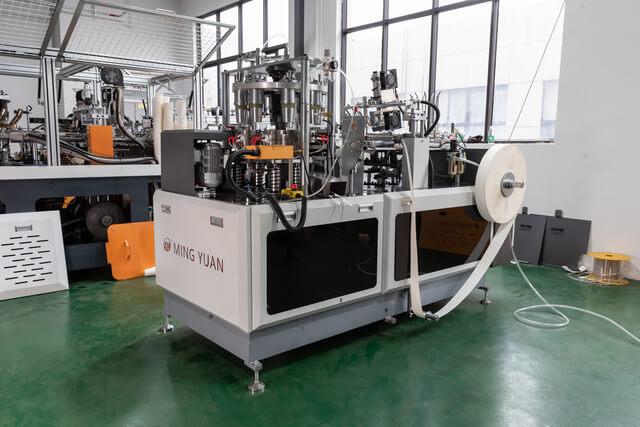






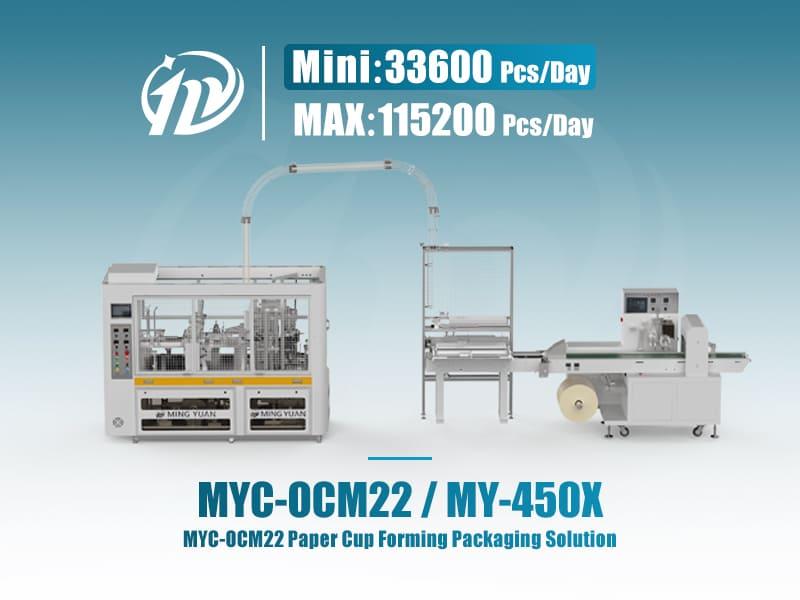
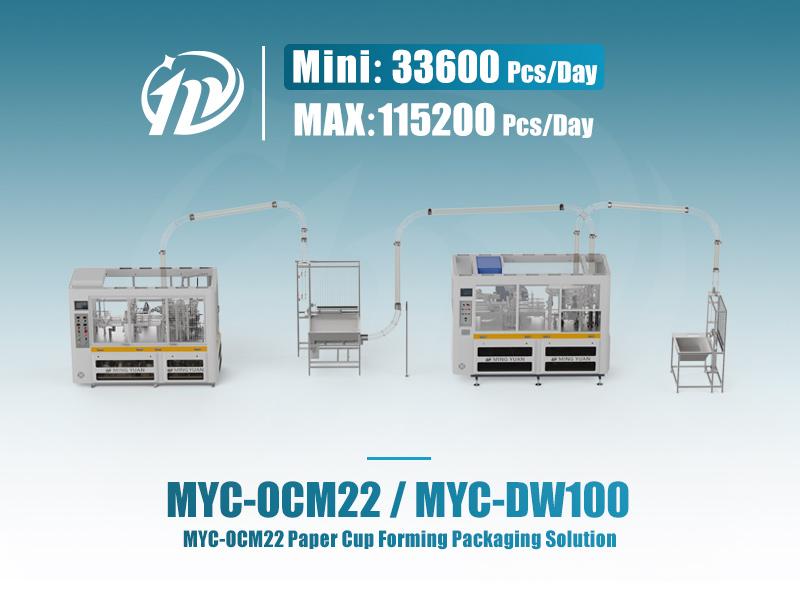
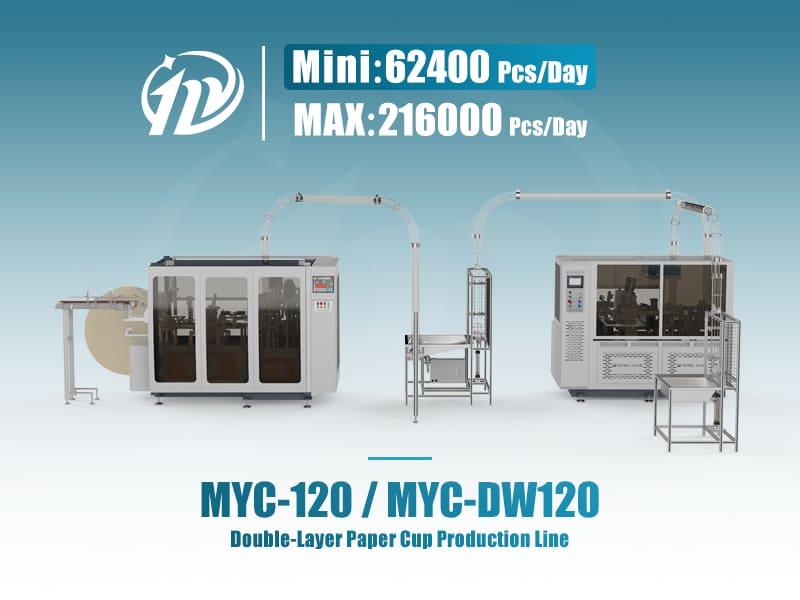
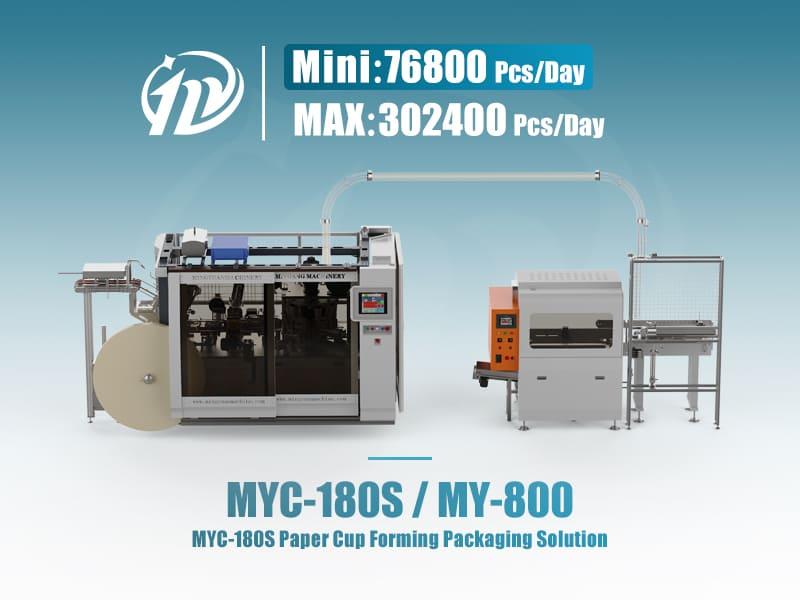
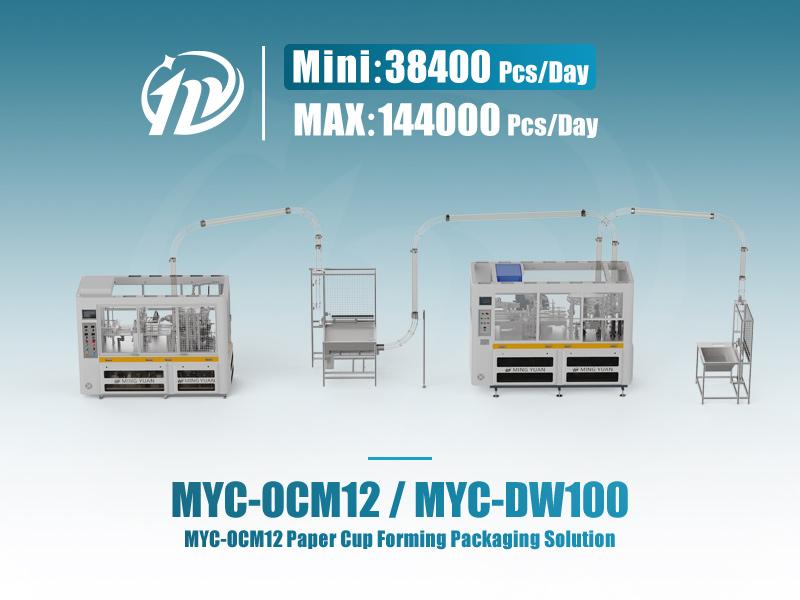
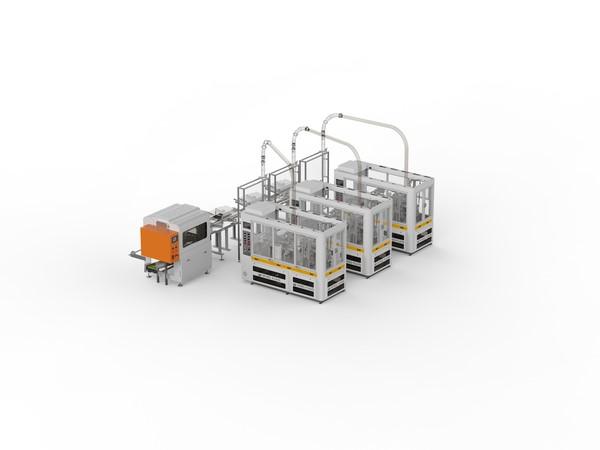
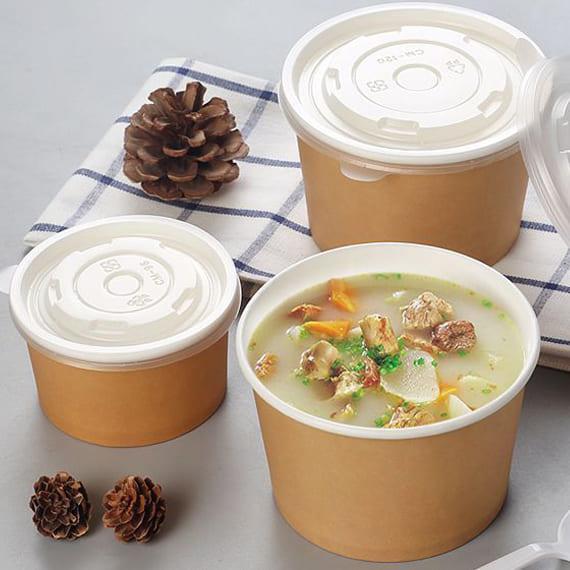
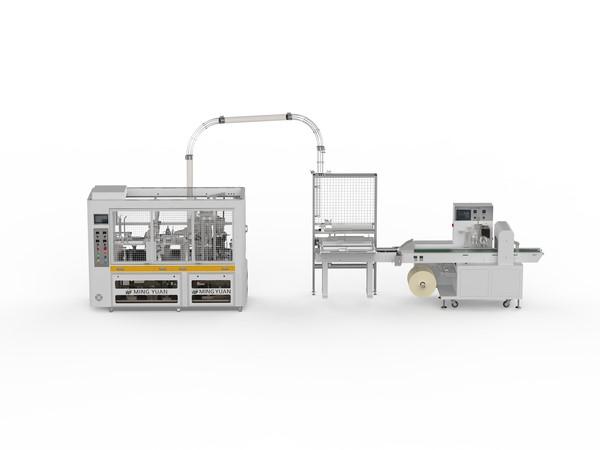

 Tel: +86-13362708280
Tel: +86-13362708280 Email: george@paper-cupmakingmachine.com
Email: george@paper-cupmakingmachine.com MP/WhatsApp: +86-13362708280
MP/WhatsApp: +86-13362708280 Manufacturer Address:No.1588, Huaming Road, Feiyun Street,Ruian City Zhejiang Province -325200 China
Manufacturer Address:No.1588, Huaming Road, Feiyun Street,Ruian City Zhejiang Province -325200 China




